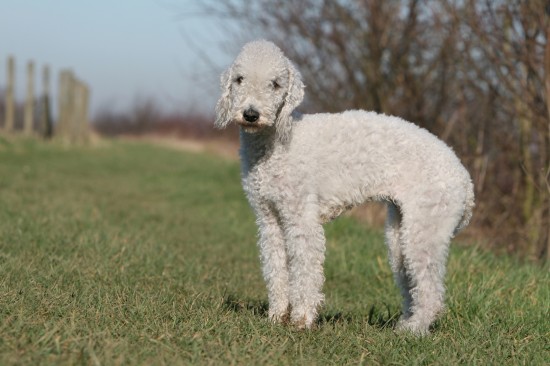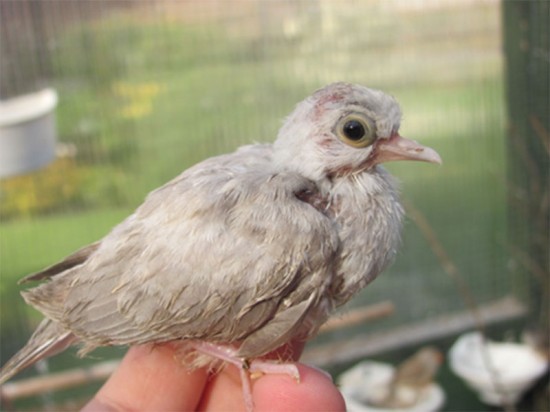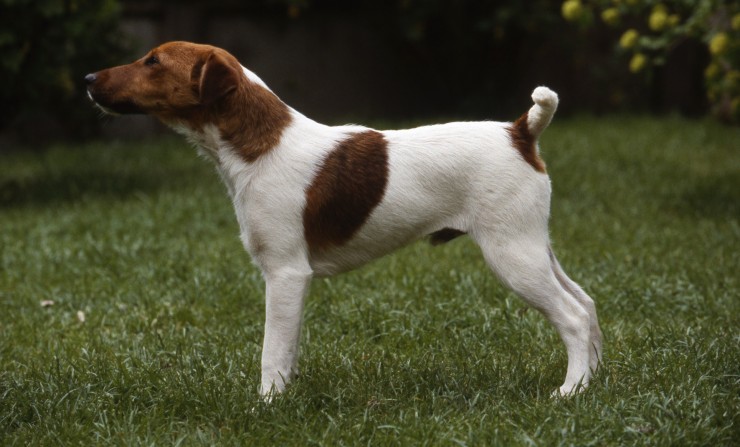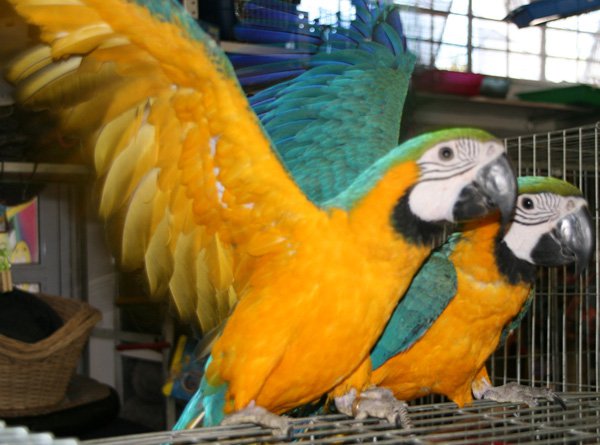
The obesity epidemic is hitting humans hard, with more than 1/3 of adults in the US and UK clinically overweight or obese. Our pets are quickly following suit. Some experts blame processed commercial dog foods while others place the blame on heavy-handed feeding practices. Food is love, right? Wrong.
It’s true that most of us over-feed our pets. We give snacks and treats as often as we can and give in to their begging behavior. Veterinarians may charge us with the task of helping our dog to lose weight but many don’t know how to begin. Let’s take a look at some basics on how to put your overweight dog on a diet.
Tip #1: Visit to the Vet
If you’re not sure what your pet’s ideal weight should be for their age and breed, ask your veterinarian. A physical examination will help determine your pet’s body condition score and level of obesity. The vet can then help you determine what kind of diet your dog needs to be on. Some veterinarians will offer nutritional counseling, providing you with a very specific meal plan, number of calories per day or prescription diet. We have also covered a lot of specific information in our new Pet Nutrition course.
Tip #2: Measure the food
Commercial dog foods have published feeding instructions on the side of every bag of dry dog food. Some canned foods also have feeding recommendations. Feeding recommendations are based on current body weight.
Always remember that the recommended amount to feed is the DAILY RATION.
If you feed your dog twice a day, you must split the recommended amount in half. It is a common mistake for owners to read the bag and give that amount twice a day – essentially feeding twice as much as the dog needs. If you read the bag and realize that you have been overfeeding, go ahead and feed what is recommended. Your pet may begin to lose weight from this simple change alone. If your veterinarian recommends a certain amount, be sure to measure it out accurately using a standard imperial dry-measure cup or weight it out in grams.
Tip #3: No Snacking
It’s thought that the French have one of the lowest rates of obesity in the world due to their cultural “ban” on snacking. Americans are the worst about eating all day long, snacking in between meals and eating more calories than we should. Many of us do the same for our dogs. Even if we have a “healthy” snack, such as an apple, we may give some of these extra calories to our patiently waiting pooch.
If you do give your dog treats or snacks, stick to low-calorie options and very small portions – no larger than your thumbnail 1-2 times daily. Also incorporate this treat as a reward during training or physical exercise. Your dog will simply be happy that you are giving them attention and affection, even if it is less food.
Tip #4: Begging Behavior Don’t give into the begging! This is one of the reasons that pet diet plans fail. When you cut out the snacks and reduce the amount of food that they are eating – sometimes they will beg for more. If you give in to this annoying habit, you are actually positively reinforcing the behavior – making them more likely to beg in the future!
Tip #5: No Table Food If your dog eats the same way that you do, this can be the cause of their obesity. Many dogs don’t eat commercial dog food and can suffer the ill effects of a high calorie ‘human’ diet. To remedy this, cut back on the table food very gradually, as going ‘cold turkey’ can cause annoying begging behavior. If your dog will only eat roast beef and boiled rice, mix it in with a high-quality canned dog food. As your dog gets used to the new textures and flavors, slowly phase out the ‘human food.’
Eating a balanced diet will do wonders not only for the waistline but for their overall health as well. These tips should set you and your pudgy pooch up for dieting success. Always remember to discuss weight loss plans with your pet’s veterinarian. ‘Crash diets’ and suddenly reducing calories can be stressful for you and your pet. Remember: slow and steady wins the race.
//
<img height=”1″ width=”1″ alt=”" style=”display:none” src=”https://www.facebook.com/tr?ev=6033990062013&cd[value]=0.01&cd[currency]=EUR&noscript=1″ />
 Top Grooming Tips For A Bedlington Terrier
Top Grooming Tips
Top Grooming Tips For A Bedlington Terrier
Top Grooming Tips
 Feeding Your Horse - It Doesnt Have To Be Difficult!
Feeding Your Hors
Feeding Your Horse - It Doesnt Have To Be Difficult!
Feeding Your Hors
 Diamond Doves - The Littlest Dove
Diamond Doves - T
Diamond Doves - The Littlest Dove
Diamond Doves - T
 The Difference Between A Smooth Coated Fox Terrier And A Rat Terrier
The Difference Be
The Difference Between A Smooth Coated Fox Terrier And A Rat Terrier
The Difference Be
 Fruits and Vegetables for Dogs?
Fruits and Vegetables for Dogs?
The following
Fruits and Vegetables for Dogs?
Fruits and Vegetables for Dogs?
The following
Copyright © 2005-2016 Pet Information All Rights Reserved
Contact us: www162date@outlook.com